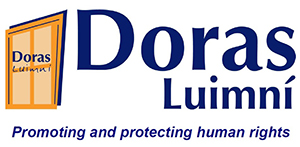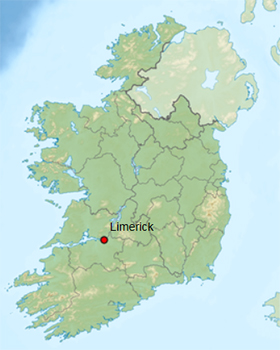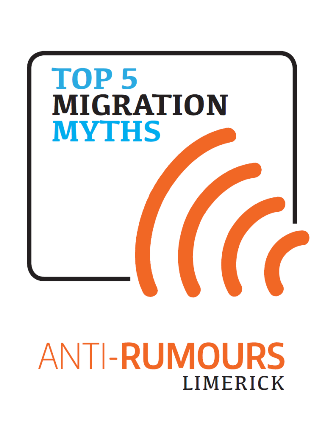On 8 and 9 September 2014, Limerick welcomed the second C4i visit by Daniel de Torres, C4i engagement and campaign consultant, and Christina Baglai, C4i project manager. On the first day, the participants – enthusiastic representatives of the Youth Council, social services, University, NGOs and students – were trained to become anti-rumour agents. The next step forward for Limerick’s team will be to pursue the identification of potential anti-rumour agents and to conduct more targeted training for this focus group.
On the same day, Limerick’s C4i project coordinator challenged common Limerick’s rumours, such as migrants live in luxury and get free buggies, on Cork’s 96 FM radio station (interview is available here, under “The Opinion Line Hour 2 September 8th. PJ returns to the topic of "Everyday Racism").
On the second day, Limerick’s C4i team and the visitors discussed the progress of the C4i project and campaign in Limerick, which has become well-known in the city and beyond thanks to Doras Luimní’s strong links with the community and the media. The visitors praised the bottom-up approach and involvement of Limerick’s C4i team. During the visit, the C4i project manager and consultant, Christina and Daniel, provided advice on how to fine-tune the goals and objectives of the campaign, put more focus on youth as the campaign’s target group, and conduct more time bound activities.








 Limerick City is third largest city in Ireland with a population of 95,854. The city lies on the River Shannon, with the historic core of the city located on King's Island, which is bounded by the Shannon and the Abbey River. Limerick is also located at the head of the Shannon Estuary where the river widens before it flows into the Atlantic Ocean. Limerick is the third most populous city in the state, and the fourth most populous city on the island of Ireland. In 2014, Limerick is Ireland's City of Culture, with a number of events due to take place in the city over the year.
Limerick City is third largest city in Ireland with a population of 95,854. The city lies on the River Shannon, with the historic core of the city located on King's Island, which is bounded by the Shannon and the Abbey River. Limerick is also located at the head of the Shannon Estuary where the river widens before it flows into the Atlantic Ocean. Limerick is the third most populous city in the state, and the fourth most populous city on the island of Ireland. In 2014, Limerick is Ireland's City of Culture, with a number of events due to take place in the city over the year. Doras Luimní is an independent, non-profit, non-governmental organisation working to support and promote the rights of all migrants living in Limerick. Our mission is to promote and uphold the human rights and wellbeing of migrants through personal advocacy, integration development and collaborative advocacy campaigns at the local and national level.
Doras Luimní is an independent, non-profit, non-governmental organisation working to support and promote the rights of all migrants living in Limerick. Our mission is to promote and uphold the human rights and wellbeing of migrants through personal advocacy, integration development and collaborative advocacy campaigns at the local and national level.
afd2.png?t=1398437013000)


